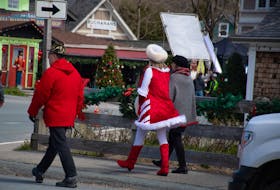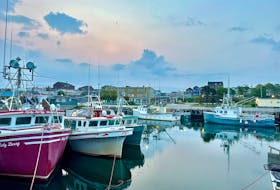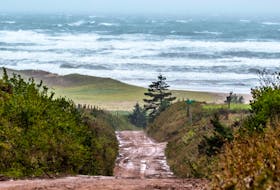The Canadian Forces has lifted its partial ban on parachuting after the death of an Ottawa-area soldier but the military still has restrictions in place on how such jumps are to be conducted.
In the aftermath of the death of Bombardier Patrick Labrie in June during a parachute jump in Bulgaria, the Canadian Forces put a halt to static-line parachuting. In such jumps the parachute is automatically opened by a fixed line attached to the aircraft. The military, however, continued to allow free-fall parachuting in which individuals opened their own parachutes.
But after reviews of safety procedures and techniques the moratorium on static-line parachuting was lifted in July, according to the Canadian Forces.
But there are still restrictions focused on parachute operations involving the Royal Canadian Air Force’s C-130J Hercules transport aircraft. “Jumps from the side door of the CC-130J Hercules remain suspended,” explained Lt. Col. Aaron Luhning, commanding officer of the Canadian Army Advanced Warfare Centre. That organization is considered the military’s centre of excellence for parachuting.
That restriction is pending completion of an investigation by the Royal Canadian Air Force’s Directorate of Flight Safety, Luhning added.
Military personnel aren’t saying whether exiting from the side door of the C-130J had anything to do with Labrie’s death. An investigation into that fatality is underway. The Directorate of Flight Safety is also looking into whether the aircraft or aircraft personnel contributed to the accident.
There was also a temporary moratorium on parachute training involving the type of parachute that Labrie was using but that has also been since lifted. Parachuting continues with troops exiting the plane via the back ramp of a Hercules aircraft.
Labrie, a member of the 2nd Regiment, Royal Canadian Horse Artillery based at 4th Canadian Division Support Base in Petawawa, Ont., died as a result of injuries sustained during the parachute jump. The accident occurred around 10 p.m. on June 17 in Cheshnegirovo, Bulgaria where troops were taking part in the U.S.-led Exercise Swift Response.
Two U.S. soldiers were also injured during the nighttime parachute jump which took place from a height of 400 metres. A Canadian military police investigation has been started in Labrie’s death.
Labrie was born in Buckingham, Que. He had been with the Canadian military for six years and was described as a respected soldier.
Exercise Swift Response 19 was a multinational airborne training exercise that took place from June 8 to 27 in various locations throughout Bulgaria, Croatia and Romania. Around 100 Canadians took part in the exercise.
Some parents of Canadian Army cadets have expressed concern that parachute training was being continued after the Labrie accident. But the Army noted in a social media post that the safety of its personnel was its primary concern and that specialists have verified the safety of the equipment and the procedures used in parachuting.
Cadets have been parachuting from a different aircraft and exiting the plane using the back ramp, army officers say.
• Email: dpugliese@postmedia.com | Twitter: davidpugliese
Copyright Postmedia Network Inc., 2019








